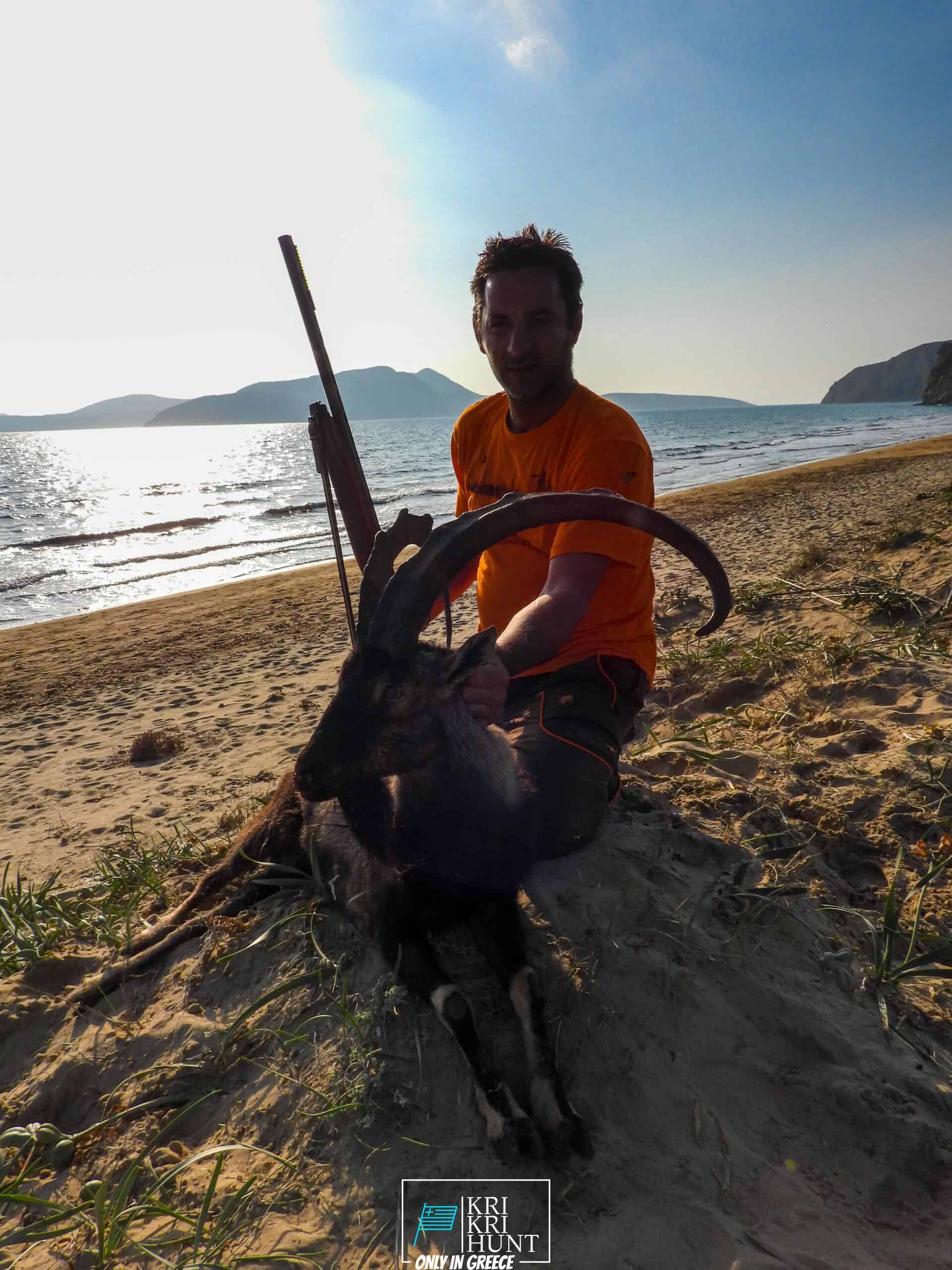
The Peloponnese peninsula on the Greek Mainland is typically referred to as the 'real' Greece. This is because it has taken care of to stay relatively unblemished by mass tourism as well as retains a lot of its conventional appeal. Peloponnese is the place for you if you're looking for an authentic Greek experience. And also what better means to discover this gorgeous region than on one of our outside searching, fishing, and also totally free diving excursions?

Searching Kri-Kri Ibex on Sapientza Island is a rewarding but challenging job. The ibex live in tough, rough terrain that can quickly leave you without footwear after only two trips. Shooting a shotgun without optics can also be a difficult job. Nonetheless, the hunt is well worth it as the ibex are some of the most lovely animals worldwide. Greece is a wonderful country with a rich history and also culture. There are many tourism opportunities offered, including hiking, taking in the sights, and also obviously, searching. Greece supplies something for everyone as well as is absolutely worth a browse through.
Our exterior searching, fishing, as well as free diving trips are the ideal way to see every little thing that Peloponnese needs to offer. These excursions are designed for tourists who wish to leave the beaten path as well as actually experience all that this unbelievable region has to provide. You'll get to go searching in several of the most stunning wilderness areas in Greece, fish in crystal-clear waters for a range of different types, and also cost-free dive in a few of the most sensational coastline in the Mediterranean. And also best of all, our knowledgeable overviews will certainly exist with you every step of the method to make sure that you have a delightful and also risk-free experience.
If you're searching for a genuine Greek experience, then look no more than our outside searching in Greece with fishing, and also free diving scenic tours of Peloponnese. This is a memorable means to see everything that this incredible region needs to provide. Reserve your excursion today!
What is the diference between Kri Kri ibex, Bezoar ibex and hybrid ibex
The kri-kri is not thought to be indigenous to Crete, most likely having been imported to the island during the time of the Minoan civilization. Nevertheless, it is found nowhere else and is therefore endemic to Crete. It was common throughout the Aegean but the peaks of the 8,000 ft (2,400 m) White Mountains of Western Crete are their last strongholds–particularly a series of almost vertical 3,000 ft (900 m) cliffs called ‘the Untrodden’—at the head of the Samaria Gorge. This mountain range, which hosts another 14 endemic animal species, is protected as a UNESCO Biosphere Reserve. In total, their range extends to the White Mountains, the Samaria National Forest and the islets of Dia, Thodorou, and Agii Pandes.
This Ibex is NOT a diminutive form of the Bezoar Ibex, which has migrated into the western-most reach of the range of this species. The kri – kri (Capra aegagrus cretica), sometimes called the Cretan goat, Agrimi, or Cretan Ibex, is a feral goat inhabiting the Eastern Mediterranean, previously considered a subspecies of wild goat. The kri-kri has a light brownish coat with a darker band around its neck. It has two horns that sweep back from the head. In the wild they are shy and avoid tourists, resting during the day. The animal can leap some distance or climb seemingly sheer cliffs.
“The agrimi goat Capra aegagrus cretica is unique to Crete and its offshore islands. It has been identi®ed as a sub-species of the wild bezoar goat Capra aegagrus aegagrus Erxleben, 1777, which it closely resembles in horn shape, body form and coloration. This classi®cation has been disputed by some researchers who claim that the agrimi are feral goats, derived from early domestic stock brought to the island by the ®rst Neolithic settlers. In order to clarify this issue, DNA analyses (cytochrome b and D loop sequences) were carried out on tissue of live and skeletonized agrimi and compared to sequences of wild and domestic caprines. Results conclusively show the agrimi to be a feral animal, that clades with domestic goats (Capra hircus) rather than with wild Asiatic bezoar. This study demonstrates that morphometric criteria do not necessarily re¯ect genetic af®nities, and that the taxonomic classi®cation of agrimi should be revised.”